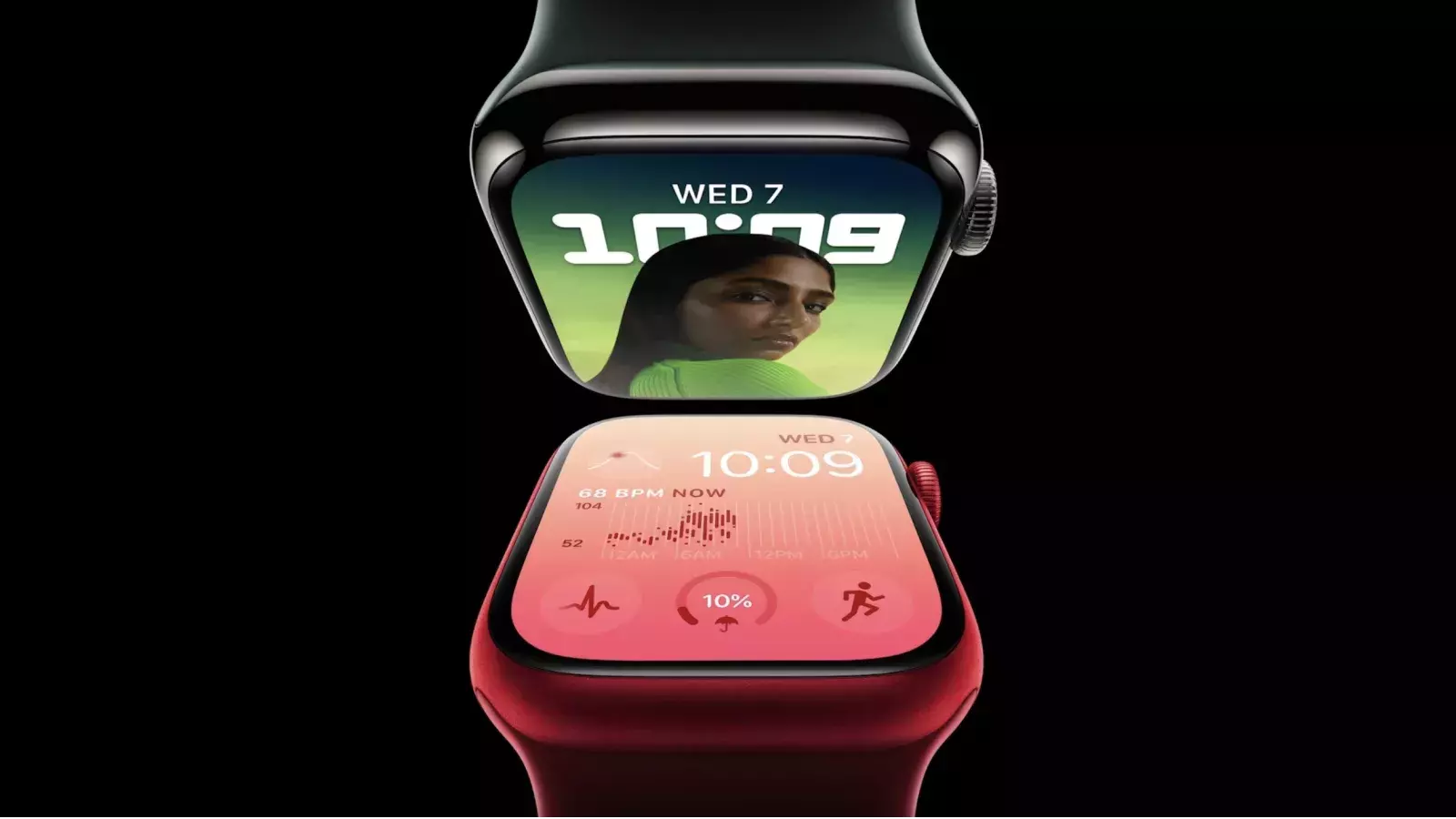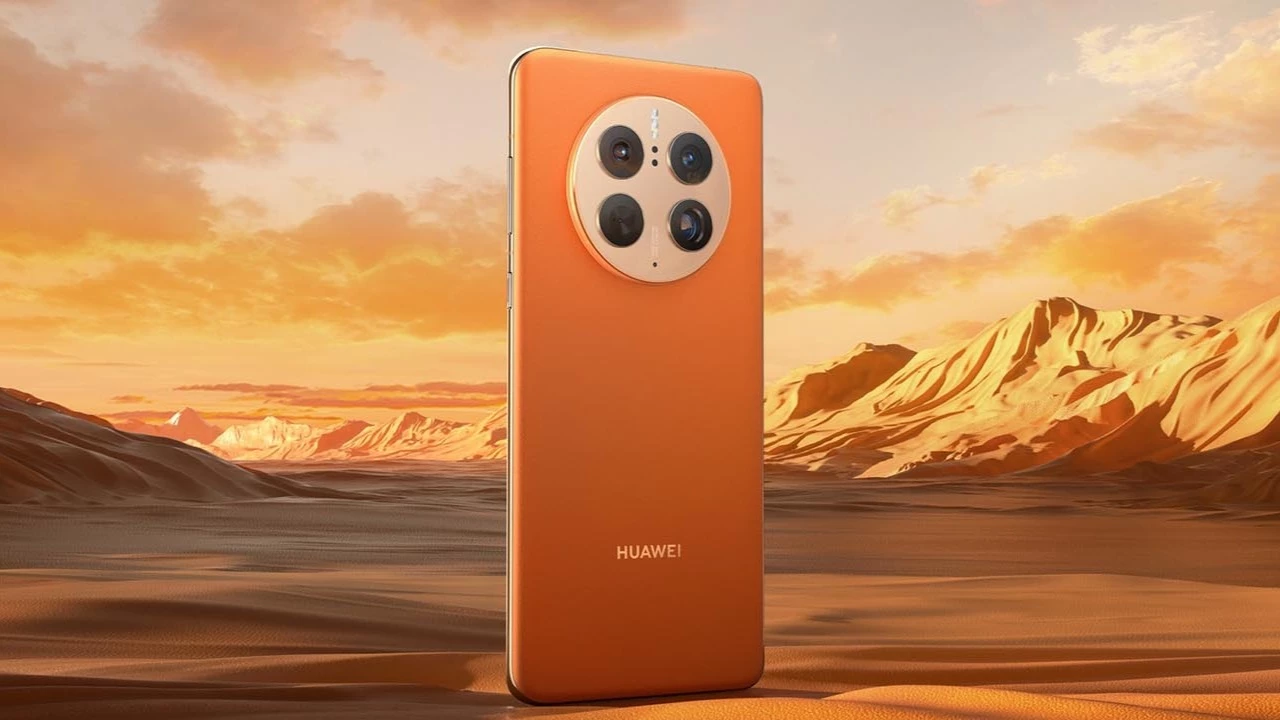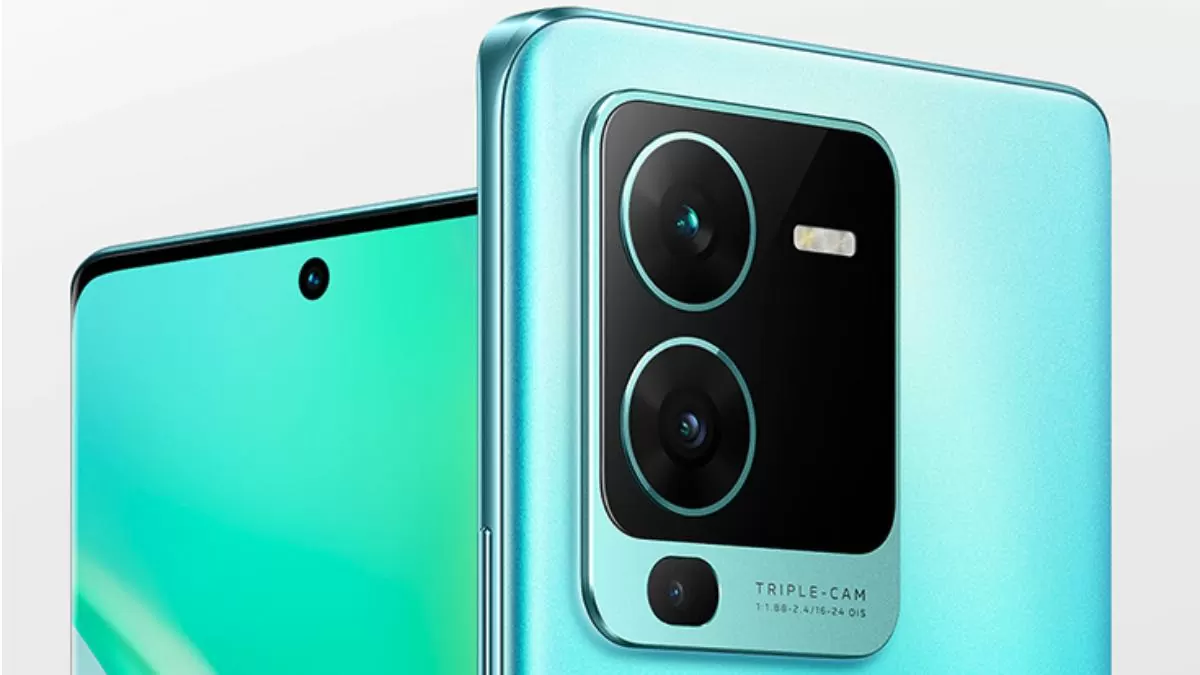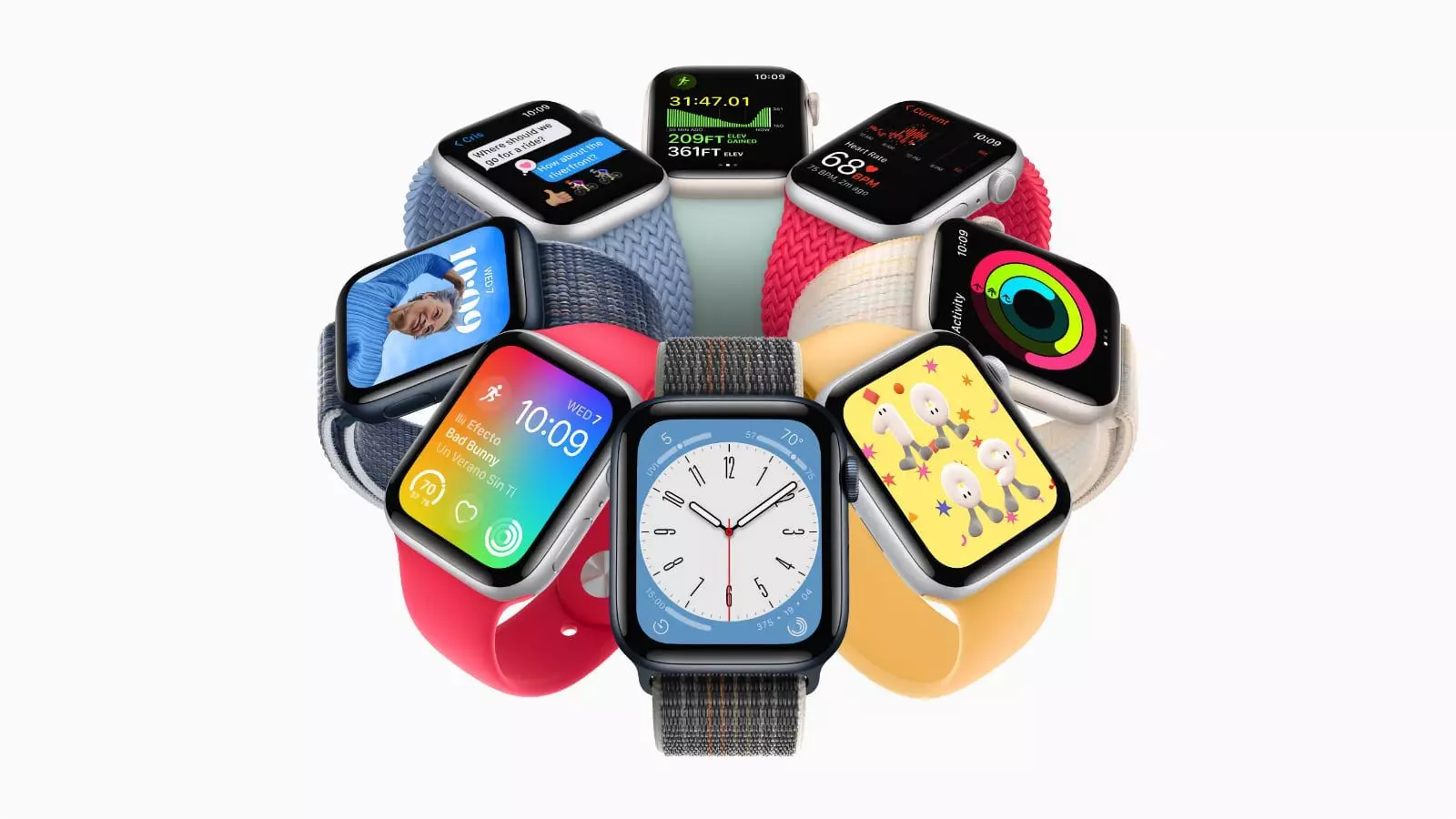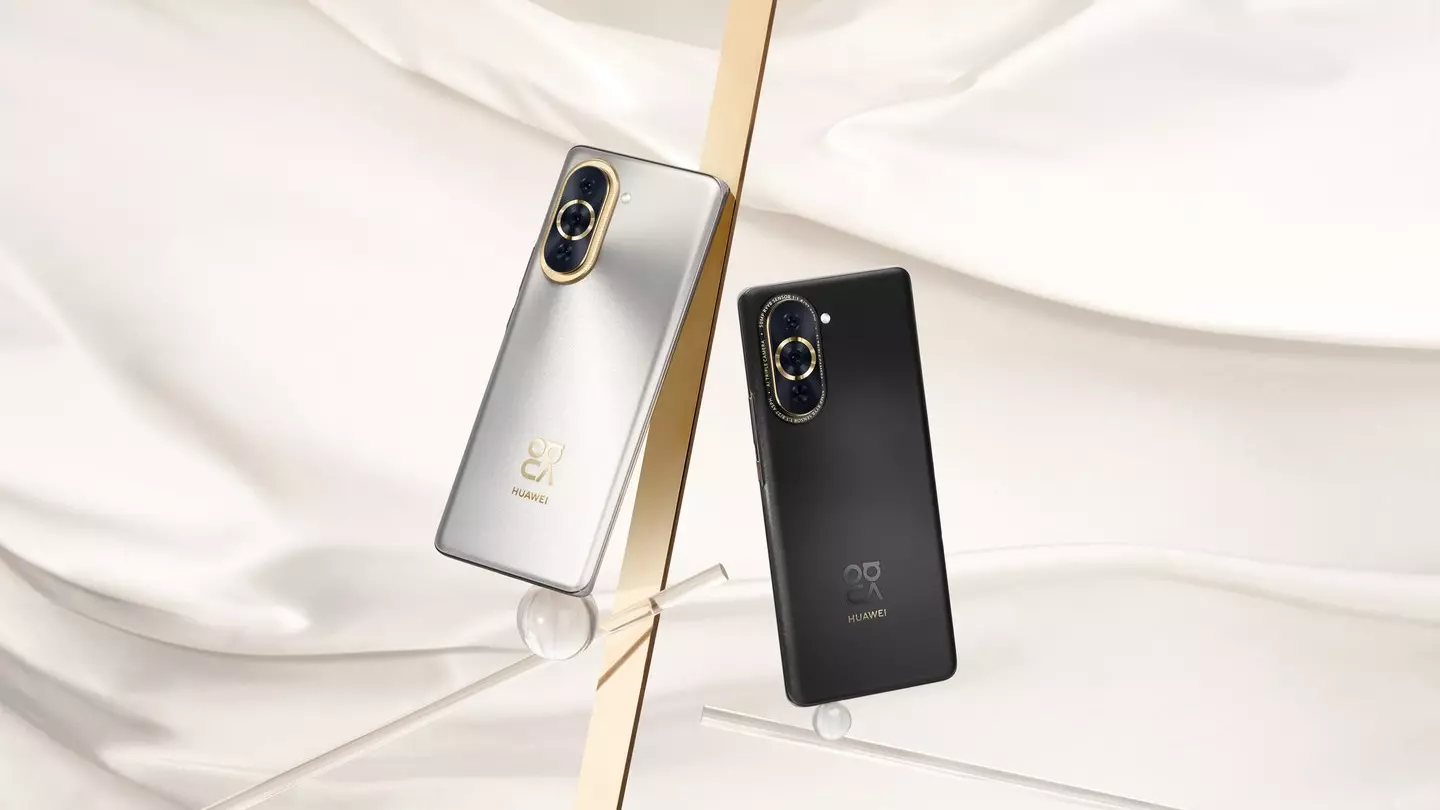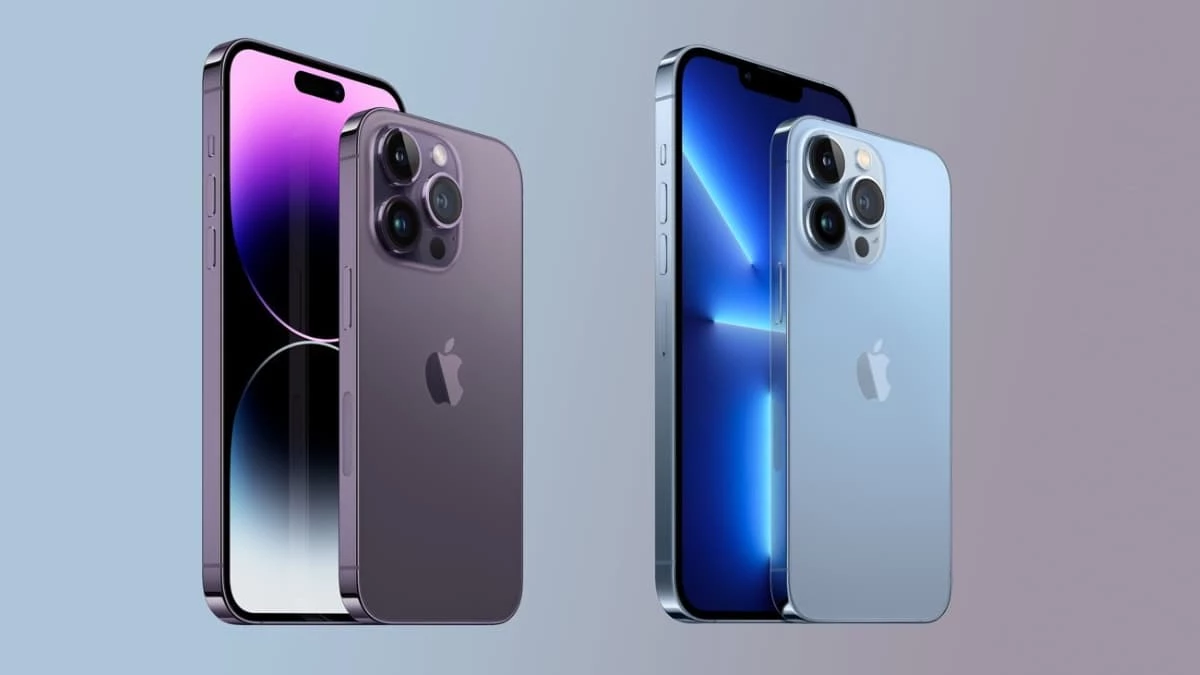iPhone 14 Pro Review
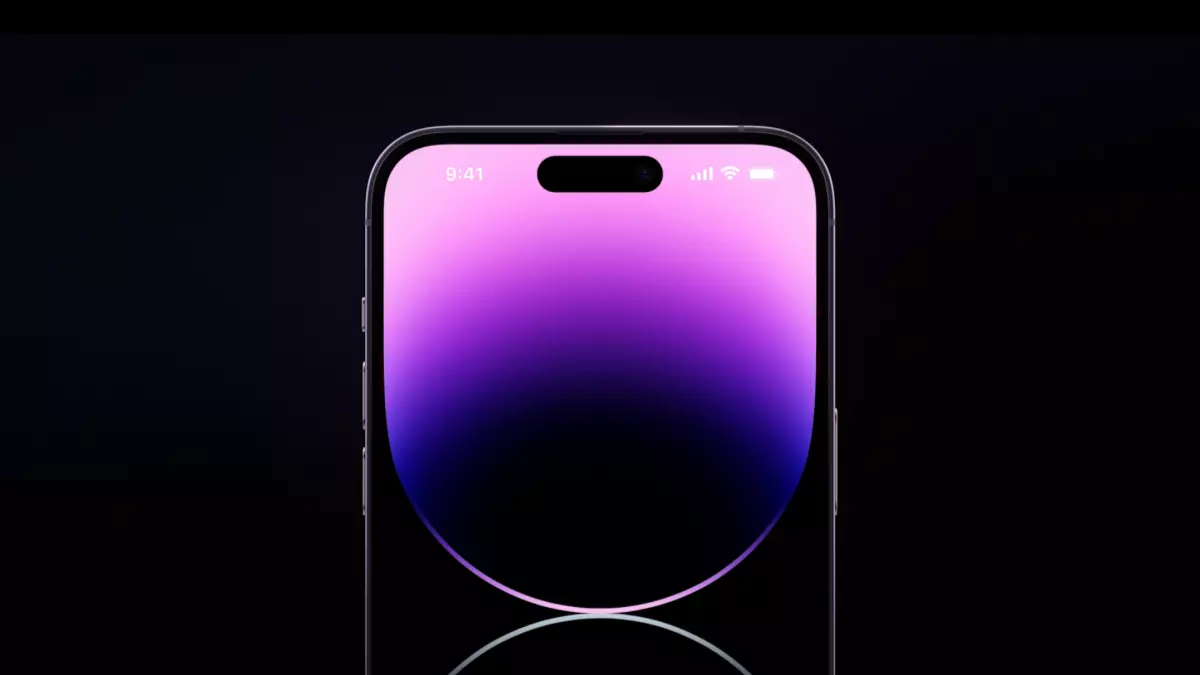
Content
Design and ergonomics on iPhone 14 Pro
We must give Apple its due – the most economical company (remember the iPhone 8 case that was passed down from generation to generation, which can be found in the iPhone SE 2020 and iPhone SE 2022) did not use the iPhone 12 Pro/iPhone 13 case this time Pro. Yes, the style is unchanged – chopped edges, the same panel with three cameras… but even that has changed a little. The lenses protrude more from the body, the flash has changed (again using two LEDs, but in the form of concentric circles, not side by side), and the body itself has become a little wider and thicker. It will no longer be possible to use the same pipeline branch – the changes are minimal, but they are there. Well, it is no longer possible to confuse the iPhone 14 Pro and iPhone 13 Pro from the front – thanks to the “mono eyebrow” that has gone down and taken its place within the screen surface. “Island” immediately began to copy, like everyone else, what Apple does: There are already add-ons for Android with this UI detail, but in fact we have already seen this on Android smartphones with dual cameras like the HUAWEI P40 Pro, it's just that this block was used differently.
 To be precise, it was not used in any way there, it was just a large oval blotch in the screen. Apple, firstly, moved it to the center, and secondly, loaded it with additional functionality. The panel is dynamic, various icons are displayed on it (Face ID triggering, album art played through Apple Music, timer, and so on), touching which you can access the extended preview window of the application. It looks really original and to a certain extent spectacular, but the meaning of this innovation is elusive: why is it needed, if you can manage the album or timer through the nearby (you just need to swipe from the upper-right corner) quick access panel. But this is already better than the inescapable “mono eyebrow”, although it is far from real convenience with the frontal screen hidden in the “sandwich”, as on Xiaomi 11 Ultra or Samsung Galaxy Z Fold3/4.
To be precise, it was not used in any way there, it was just a large oval blotch in the screen. Apple, firstly, moved it to the center, and secondly, loaded it with additional functionality. The panel is dynamic, various icons are displayed on it (Face ID triggering, album art played through Apple Music, timer, and so on), touching which you can access the extended preview window of the application. It looks really original and to a certain extent spectacular, but the meaning of this innovation is elusive: why is it needed, if you can manage the album or timer through the nearby (you just need to swipe from the upper-right corner) quick access panel. But this is already better than the inescapable “mono eyebrow”, although it is far from real convenience with the frontal screen hidden in the “sandwich”, as on Xiaomi 11 Ultra or Samsung Galaxy Z Fold3/4.
Otherwise, it's a classic iPhone. Metal and tempered glass (frosted on the back), monolithic design, edges on which the smartphone stands vertically without support, no rounding either in front or behind. The screen is completely flat, but at the same time with small frames (occupies 87% of the front surface area – a little more than the iPhone 13 Pro). Dimensions – 147.5 × 71.5 × 7.9 mm. Very close to the iPhone 13 Pro, but, as I noted above, a little wider (by 1 mm) and thicker (by 0.2 mm). And also a little heavier – 206 grams versus 204. For a smartphone with a 6.1-inch screen, the iPhone is giant and disproportionately heavy – for example, the Samsung Galaxy S22 weighs 167 grams with the same screen diagonal. This is a classic iPhone disease, no progress here.  The iPhone 14 Pro is available in four colors: Space Black, Silver, Gold and Deep Purple. The last one is especially interesting and fresh (the intro to Smoke On The Water plays in my head), which we tested. The functional elements are unchanged: the mini-jack will never return, a very convenient mechanical sound profile switch is in place, the keys are on opposite sides too. I will only note that the speaker is no longer inscribed in the “cutout” with the front camera, but is located separately, in a frame above the screen. There is no fingerprint scanner again – Apple continues to rely on its pumped 3D face recognition, which at the end of the pandemic learned to recognize owners even in a medical mask. Face ID works as usual, not that fast, but almost perfectly reliable – it's still the best face recognition system in smartphones.
The iPhone 14 Pro is available in four colors: Space Black, Silver, Gold and Deep Purple. The last one is especially interesting and fresh (the intro to Smoke On The Water plays in my head), which we tested. The functional elements are unchanged: the mini-jack will never return, a very convenient mechanical sound profile switch is in place, the keys are on opposite sides too. I will only note that the speaker is no longer inscribed in the “cutout” with the front camera, but is located separately, in a frame above the screen. There is no fingerprint scanner again – Apple continues to rely on its pumped 3D face recognition, which at the end of the pandemic learned to recognize owners even in a medical mask. Face ID works as usual, not that fast, but almost perfectly reliable – it's still the best face recognition system in smartphones.
iOS 16
The next version of the operating system on the iPhone 14 Pro/Pro Max and older iPhones looks different. I have already mentioned the main differences above – this is a new interactive panel “island” around the oval hole for the camera with sensors and the Always-On Display mode. If the former is something really unusual and trend-generating, then the ability to see the time and notifications on the lock screen has been available to Android smartphone users for six years (first introduced on the Samsung Galaxy S7). And for the first time it appeared in general on Nokia devices in 2006. In Apple's rendition, this looks like a discolored (but not completely blank) screen at minimum brightness, while displaying notifications, a clock, and a quick access bar in a standard format.
There is no way to customize this screen somehow, which, in principle, is normal for the iPhone – they’re not used to untying the user’s hands here, the company from Cupertino knows better (or at least they think they know) how to do it right. The rest of the new features of iOS 16 already work with all iPhones that support updating to this version. Let's talk about a few.  New functions:
New functions:
- Lock screen. Smartphone lock screen has been noticeably updated. In the First, notifications are displayed in a new way – not in the center of the screen, but at the bottom. By default, they are displayed in a stack, where only the top notification is visible in its entirety. In principle, you can return the classic list, but in any case, now it does not occupy most of the screen, but only its lower part. Aesthetically, it's definitely better. but questions arise about the convenience of such a solution – this innovation in iOS 16 forces the user to perform unnecessary actions with the smartphone. Secondly, there is a new panel on the same lock screen − up to four shortcut icons can be added to it (with a display of the number of notifications or other brief information), and here everything is personalized in sufficient detail. Thirdly, the lock screen is displayed differently depending on which focus mode is currently used – and this is also personalized.
- Photos and videos. There are new tools for working with photos and videos: you can copy text or numbers from photos and – now – videos with one touch. Moreover, the function works well – as well as the ability to copy objects from a photo without a background (in the form of a kind of stickers). I wouldn't say it's a necessary feature. but very funny.
- Screen keyboard. Well, several smaller innovations: the on-screen keyboard has a tactile feedback (this must be enabled in the “Sounds, tactile signals” menu separately), it became possible to view the password for the current Wi-Fi network and see a list of all networks to which you – either connected system applications (iMessage, Health, and so on) have been updated and replenished with more or less noticeable chips. And yes, now in the battery icon you can see the exact amount of charge in percent. Has it happened? Shock! At such moments, you realize how Apple, with a beautiful ecosystem and polished design, turns out to be a hardened company in small things.
Display and Sound in new iPhone 14 Pro
 Specifications:
Specifications:
- OLED. The iPhone 14 Pro has a 6.1-inch OLED display with a resolution of, 2556 × 1179 pixels – Apple itself calls it LTPO Super Retina XDR OLED. The pixel density has not changed compared to last year – 460 dpi
- 120 Hz. The screen operates at a frequency up to 120 Hz, but, as usual with Apple, the user cannot control this. What frequency to use – only the smartphone itself decides, and manually you can only limit the frequency to the standard sixty hertz. The setting for this setting is in an unexpected place – “Accessibility – Motion”. In fact, the main card of increased frequency – smooth scrolling – plays out as it should: using a smartphone, as well as the iPhone 13 Pro, is much more pleasant than devices without support for increased frequency.
- 2000 cd/m2. Apple claims that the brightness can reach 2000 cd/m2, and there are tests that confirm that this is at least close to reality. But there is a caution: the iPhone has a non-switchable automatic brightness adjustment depending on the lighting, so you can’t just unscrew the slider to the maximum and burn your eyes in the dark. Peak screen brightness is strongly dependent on lighting, so in our traditional test, which we run under the same conditions (dim incandescent artificial light), the static white field brightness was 495 cd/m2. Just in case, I tried to measure the brightness of the screen in bright sunlight – and here the figure is already close to 1000 nits. In general, there is no reason not to believe Apple in this case. Although, again, I would like more control: for example, sometimes the brightness is not enough for me – the peak set by the smartphone seems insufficient to me (the image looks dark), but nothing can be done about it. But, of course, you can use the iPhone 14 Pro outdoors without any screen restrictions.
- True Tone. The rest of the display settings are typical for iOS – you cannot manually adjust the color reproduction, you can only enable / disable the True Tone automatic color adjustment mode for ambient lighting, choose a light or dark shell theme, activate night mode and “play with fonts”. I measured the color reproduction of the display both with True Tone and without this add-on – and the result of the measurements should be taken with the adjustment for the fact that our test patterns assume the sRGB gamut, and the smartphone does not work so correctly with it. , as far as with Display P3, under which it is imprisoned. Nevertheless, we bring to your attention the results of measurements.
- sRGB. It is curious that when oriented to the Display P3 space, the iPhone 14 Pro screen adjusts to the current content – the color space when measured corresponds to the content, that is, sRGB. Gamma is ideal – 2.21 with normal curves. The temperature is kept at a level close to the reference. The average deviation of DeltaE on the Color Checker scale, which includes both a wide range of colors and shades of gray, is 5.05, which is outside the normal range (3.00). And I can say right away that for the same gamma and temperature, the average deviation varies greatly depending on the illumination. Yes, even with the True Tone add-on turned off, the screen adapts to the lighting anyway – and nothing can be done about it. Subjectively, the colors on the iPhone 14 Pro are perceived very nicely – the gamma is warm, natural.
- DeltaE. To understand how the color rendering of the True Tone display affects, I will give the results of measuring the color rendering of the iPhone 14 Pro screen in this mode. The color temperature adjusts to the ambient light – in this case the warm light of incandescent lamps – at 6,000 K. The color gamut shifts. The average DeltaE deviation is already 5.51, but there is no point in seriously evaluating this figure – the iPhone isn't concerned with the maximum accuracy of the transmission of the original image, but about the comfort of the user's perception of the image in the current lighting conditions.
Performance on chipset Apple A16 Bionic
The new iPhones, of course, received a new hardware platform – Apple A16 Bionic. But this time, only older models got it – just the same iPhone 14 Pro and iPhone 14 Pro Max. Regular iPhone 14/iPhone 14 Plus work with the previous generation platform, for the first time in the history of Apple. Apple A16 Bionic – chip, produced on 4 nm technology (instead of 5 nm on the previous two), but without fundamental changes in the architecture.  Specs:
Specs:
- Cores. The platform again received six cores: two productive Everest with a frequency of up to 3.46 GHz and six efficient Sawtooth with a frequency of 2.02 GHz. There is an increase in productive cores, while efficient ones work plus or minus at the same frequency. graphics subsystem, the details of which are unknown, is equipped with four (in the case of iPhone 13/13 mini) or five (iPhone 13 Pro/Pro Max) cores. Updated neuron processor, increased cache of the second and third levels.
- GeekBench. In terms of pure processor power (as evidenced by the result of a specialized GeekBench 5 test) and graphics performance (Wild Life Extreme), Apple A16 Bionic is faster than not only the previous generation platform, but also Qualcomm Snapdragon 8 Gen 1 (including plus version, shown in the graph by the Xiaomi 12S Ultra smartphone). In the comprehensive Antutu Benchmark 9 test, the new platform has no advantage, but I would rather believe Geekbench and 3DMark. Be that as it may, the performance margin of the iPhone 14 Pro is huge and even redundant so far – you won’t be able to feel it when compared with any flagships on Android, nor with the previous generation of iPhone. Everything works equally quickly, smoothly and without problems.
- 3DMark. But with heat dissipation, the Apple A16 Bionic is not going smoothly, like the platform of the previous generation. In tests from 3DMark's Wild Life, the platform demonstrates noticeable throttling – up to 22% in the simpler Wild Life test and up to 45% in the more severe Wild Life Extreme. Judging by the tactile sensations, the smartphone heats up noticeably, but not extremely – throttling in this case performs its function, the device overheats infrequently (although I had such cases – during a long navigation on the car, a smartphone placed near the stove nozzles stopped charging).
- Memory. The amount of RAM remained unchanged – 6 GB for the iPhone 14 Pro / Pro Max. At the same time, for a regular one (iPhone 14/14 Plus), it has grown to the same 6 GB. Flash memory is the same – 128, 256, 512 or 1024 GB. There are no storage expansion options, of course – only iCloud.
Communications and wireless communications
We'll sadly keep silent about 5G, but everything is fine with LTE – the manufacturer does not indicate the speed, but I had no problems with either coverage or peak speed, works well in the 4G networks of the iPhone 14 Pro, there were no unexpected problems. The SIM card slot in the global version is, as usual, the only one, but with an eSIM connection option. In the American version, let me remind you, only e-SIM, so be careful when buying an iPhone – now, as you know, only “gray” channels remain and stuff happens there.  Other wireless modules: Wi-Fi 802.11 a/b/g/n/ac/ax (Wi-Fi 6; Wi-Fi 6e not supported), Bluetooth 5.2, NFC, which must be used for contactless Apple Pay. The navigation system works with GPS (A-GPS), BeiDou, Galileo and QZSS.
Other wireless modules: Wi-Fi 802.11 a/b/g/n/ac/ax (Wi-Fi 6; Wi-Fi 6e not supported), Bluetooth 5.2, NFC, which must be used for contactless Apple Pay. The navigation system works with GPS (A-GPS), BeiDou, Galileo and QZSS.
Camera on iPhone 14 Pro
Formally, the iPhone 14 Pro has four rear cameras: along with three main ones responsible for different focal lengths, a LiDAR module is also used, which recognizes the distance to objects and helps in various modes. But we must pay tribute to Apple – the company does not focus on it, like other Chinese brands, stuffing “depth sensors” into their smartphones to formally increase the number of cameras. In the iPhone 14 Pro, the main and wide-angle cameras are updated, while the telephoto module is left unchanged.
The main camera received a 48-megapixel sensor with dimensions 1/1,28” (the size of an individual pixel is 1.22 microns). Yes, yes, Apple has taken a dramatic pause in three years since the mass arrival of Quad Bayer sensors – and finally took this one. However, the fact that Apple is in smartphones constantly catching up, we are already used to. Well, better late than never, – especially since, with not the fastest integration of technologies, an American company always “licks” them with high quality. A lens with an equivalent focal length of 24 mm and aperture of f/1.8 works with this sensor. Aperture compared to the previous generation (and earlier ones) has slightly fallen – for a larger sensor, it is impossible to prepare optics of the same dimensions and at the same time with the same aperture. Otherwise, everything is the same as before – phase autofocus (Dual Pixel), dual stabilizer (together with the optical stabilizer, the matrix stabilizer also works).  Specs:
Specs:
- Wide-angle camera. The wide-angle camera received a 12-megapixel sensor with dimensions of 1 / 2.55 “(the size of an individual pixel is 1.4 microns). The dimensions of the sensor have become much larger – and the optics again lost in aperture ratio: f / 2.2 (EGF – 13 mm). There is no stabilizer, but the autofocus has been improved – the module received phase focus with the Dual Pixel circuit. The telephoto camera has not changed from what it was in the previous generation – 12 megapixels, 1 / 3.5” stabilized optics (without the aid of a stabilized sensor) with a 77 mm equivalent focal length, i.e., offering triple optical zoom.
- Main camera. The main camera with a Quad Bayer sensor shoots at standard iPhone resolution of 12 megapixels by default, but when switching to RAW, it can take pictures at full matrix resolution, without pixel binning – that is, 8064 × 6048. Only in DNG format – above you can see an example of pictures “pulled from RAW” in Fast Stone Image without changes (Photoshop is not very friendly with color space without changes, it was not possible to pull out a picture from RAW in Adobe photo editor). The size of the files is impressive: it's not even 48 MB (by byte per pixel), but 64-65 MB – what exactly the iPhone does with them is not known. But, we must pay tribute to the developers, the sharpness is impressive, which is far from always the case with high-resolution images, received on Quad Bayer or Nona Bayer sensors.
- Quad Bayer. Quad Bayer-sensor is used not only for images with extremely high resolution – first, it is needed, perhaps, for an additional focal length, the so-called hybrid 2x zoom. In this case, the camera shoots using each sub-pixel, and then crops to a standard resolution image with minimal quality loss. And the word “minimum” here is not an exaggeration. In fact, the quality of images with a “hybrid” zoom is higher than with an optical zoom of 3x.
- Wide-angle camera. A wide-angle camera sometimes makes mistakes with autofocus in the dark and is also not always can “pull out” scenes with frankly low lighting (which is in the order of things for a module with such aperture), but in general Again, one can say that you can use this camera in a variety of situations and get spectacular results. The main camera, as usual, does an excellent job with any scenes in any light – in night shooting, the iPhone may not catch up with the HUAWEI P50 Pro or Xiaomi 12S Ultra (the new sensor does not work wonders here), but it keeps a high level. I will note that the optics in the new generation began to glare less in artificial light, but could not completely get rid of glare, and the colors, as always, on the iPhone, are very pleasant. But with High Dynamic Range (or Smart HDR, as Apple calls it), the smartphone sometimes misses the mark, casting shadows in high-contrast scenes.
- Night shooting. Of course, what was said about night shooting above applies primarily to using a special night mode – as usual on the iPhone, it turns on automatically if there are no commands not to do this (you can force disable). Multi-frame stitching of images from a series is used for 1–4 seconds.
- Portrait mode. Portrait mode has not changed in essence, but three focal lengths are now available: standard, as well as 2x and 3x zoom. The most correct picture, in my opinion, is obtained using a double zoom – the telephoto module noticeably “fattens”. Furthermore, I don't like the artificial blur in the iPhone's performance: the “painted” broke itself is quite pleasant, but the model's borders are processed rough – with self-portraits it is more noticeable, but it could be done softer on ordinary ones.
- Photographic styles. In place, the so-called photographic styles are also essentially filters, but not toning the picture, but changing its saturation and contrast. Moreover, you can both use the pre-settings, and set these parameters manually. Above are examples of preset styles.
- Functionality. The functionality of the iPhone's camera hasn't changed in years – it hasn't changed much even now. In fact, there is nothing new – only one focal length and the ability to shoot at 48 megapixels in RAW. “Cinema effect” and “photographic styles” are from last year, Deep Fusion and Super HDR are also familiar from past releases. Manual settings did not appear, there are Live Photos, which never became really popular, panorama, Time-Laps, slow-motion videos. The interface is also familiar, but not too convenient for my taste – The logic of calling the advanced settings menu that falls out from the bottom by touching the arrow at the top seems a little strange. Well, deep shooting settings abandoned in a separate menu, which cannot be accessed directly from the camera application, is an Apple classic.
- Video shooting. Video recording is available in resolutions up to 4K at up to 60 frames per second, but this option must be activated in the “Camera” menu in the settings, by default it is not available in the camera application. Digital stabilization works at any resolution and any frequency – and for all three cameras and four focal lengths (yes, 2x zoom is here again in action). It is possible to shoot in HDR format with immediate conversion to Dolby Vision HDR, and at 60 frames per second, and not at 30 frames, as before. But free switching between three cameras is available only up to 4K 30p – at 60 frames per second, you can only switch between the main camera, hybrid 2x zoom and 3x optical zoom, or shoot separately on the wide-angle module.
- Cinema effect. The “Cinema effect” function is also in place, with its smooth focus transition and artificial background blur, for which the smartphone sometimes tries too hard, blurring not only the background behind the model, but also random objects in the frame. In any case, the same “movie effect” is really created, the video looks extremely impressive in this mode. The “Action” function has been added from the fresh one – enhanced stabilization, in which shooting is carried out in 4K on a wide-angle module, but then the picture is compressed to 2K resolution, while becoming extremely smooth, the effect really resembles that of an action camera. Both the feature set and the shooting quality, as usual, allow the iPhone 14 Pro to claim the title of the best smartphone for video in the world.
- Front camera. The front camera has been updated: the sensor is the same as with a resolution of 12 megapixels and dimensions of 1 / 3.6“, but now faster optics (ƒ / 1.9) are used, and phase autofocus has been added. A biometric sensor works with this camera, which, in addition to its function in Face ID, plays the role of an assistant for creating artificial broke (it, again, is used with errors – note the “pothole” in the model's hair). It is possible to shoot both with a maximum viewing angle (the entire sensor surface is used, 12 MP), and with a narrowed one (about 7 MP), but without the possibility of using portrait mode. There is a night mode. Video recording is possible at resolutions up to 4K 60p and in ProRes mode. In general, in terms of capabilities, everything is at the same level, but the quality of the shooting has grown noticeably.
Autonomous work and charging
Apple iPhone 14 Pro has a 12.16 Wh (3200 mAh, 3.8 V) battery – a slight improvement over the iPhone 13 Pro, which should level the “damage” from the Always-On Display. In principle, it turns out that the smartphone works no less than its predecessor, but no longer. The autonomy of the iPhone 14 Pro can be called acceptable, albeit with a creak – daylight hours with not the most intensive use, the gadget will last, but with active and continuous use, you will have to charge your iPhone every 6–7 hours.  In our traditional Full-HD playback test – video, with notifications turned on and connected to a Wi-Fi network, the iPhone 14 Pro lasted 19.5 hours. A remarkable result, explained by the low maximum brightness: most of the test, the smartphone lay in the dark or twilight, when the maximum brightness was frankly low – forcibly force it to “burn out the eyes” iPhone is not allowed. Like last time, the new iPhones do not come with a charger, but there is a Lightning to USB Type-C cable. All hope is that you still have an adapter from the past iPhone. The current iPhone 14 Pro supports wired charging up to 27W and wireless, MagSafe, power of 15 watts. I didn’t have a 27-watt charger, so I only tested the charging speed with the most common 20-watt adapter – the smartphone charges in about fifteen hours. So-so result for the current flagship.
In our traditional Full-HD playback test – video, with notifications turned on and connected to a Wi-Fi network, the iPhone 14 Pro lasted 19.5 hours. A remarkable result, explained by the low maximum brightness: most of the test, the smartphone lay in the dark or twilight, when the maximum brightness was frankly low – forcibly force it to “burn out the eyes” iPhone is not allowed. Like last time, the new iPhones do not come with a charger, but there is a Lightning to USB Type-C cable. All hope is that you still have an adapter from the past iPhone. The current iPhone 14 Pro supports wired charging up to 27W and wireless, MagSafe, power of 15 watts. I didn’t have a 27-watt charger, so I only tested the charging speed with the most common 20-watt adapter – the smartphone charges in about fifteen hours. So-so result for the current flagship.
Conclusion
The new iPhone is a bit of a mixed bag. On the one hand, even though in the iPhone generational cycle it's time for real innovations, they are few and far between, and they are not impressive. Yes, the mono eyebrow has turned into an island, but it infuriates many no less, and in 2022- I would like to completely abandon the inclusions in the surface of the screen. The new camera is good, but not drastically better than the old one – although the additional focal length is undoubtedly pleasing. The design has not changed at all, except for even more bulging cameras and that same island. Well, of course, the smartphone has become more powerful and faster.
Pros:
- Powerful hardware platform;
- A wonderful screen in every way;
- Acceptable dimensions;
- Good (but, in fact, the year before last) design;
- An island for an eyebrow;
- Waterproof IP68;
- Great camera with four basic focal lengths;
- The best video quality in smartphones.
Weaknesses:
- Smartphone weighs too much for its size;
- No charger included; no mini-jack;
- Island instead of mono eyebrows;
- There are some problems with throttling and overheating;
- No fingerprint scanner (although Face ID works great);
- Not too fast charging.
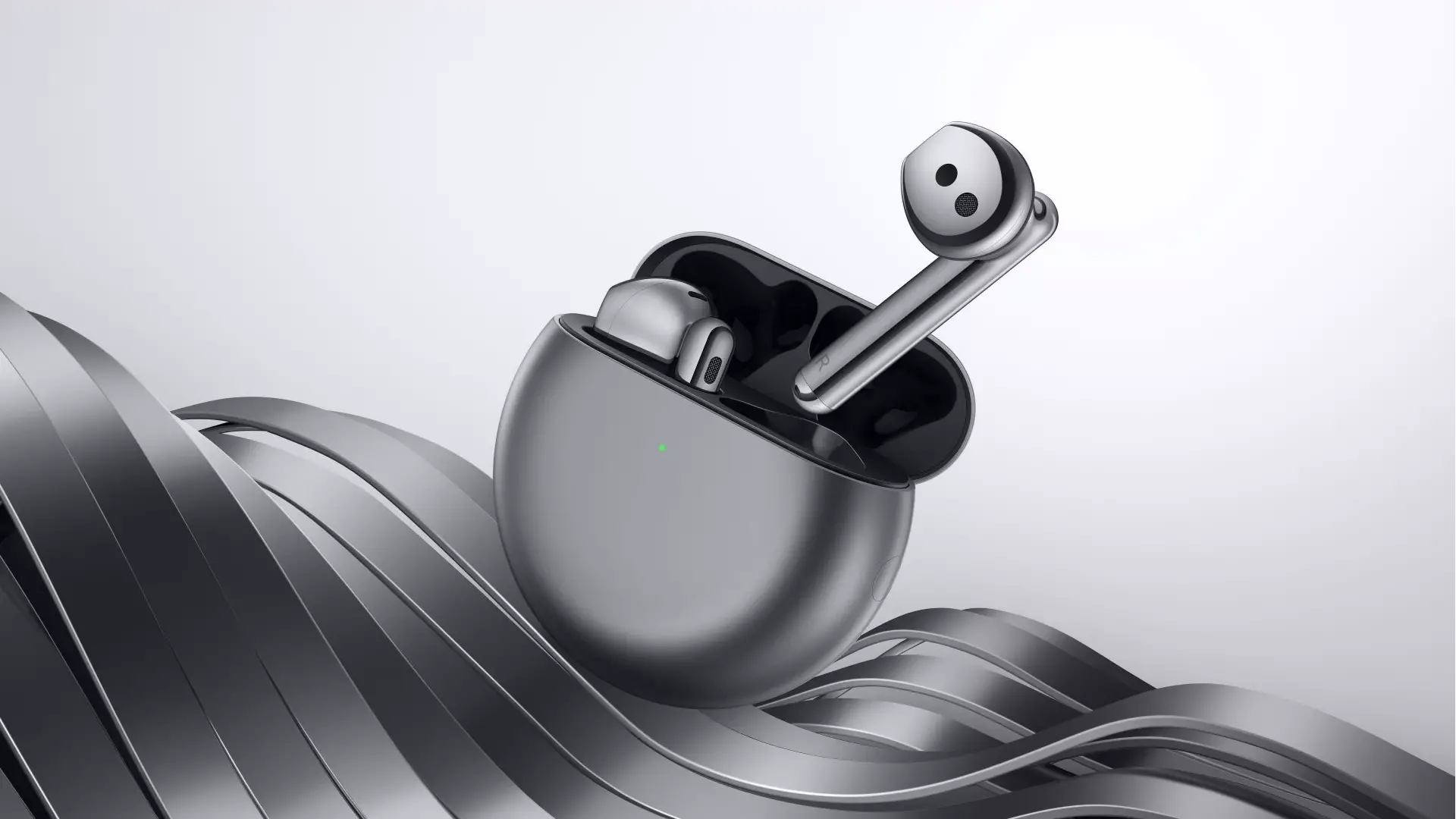 Huawei FreeBuds 4 Review
Huawei FreeBuds 4 Review
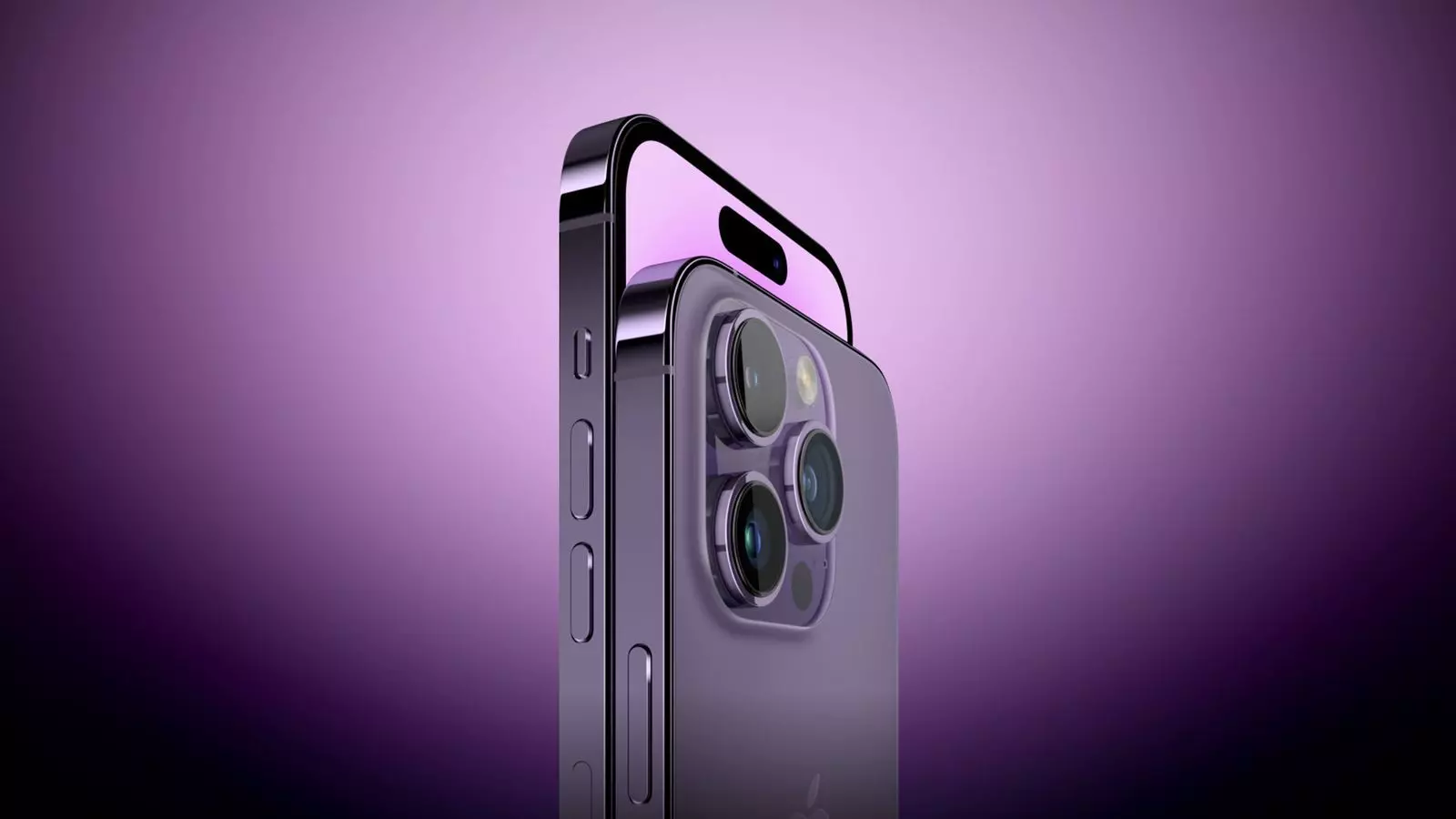 Apple iPhone 14 Pro Max Review
Apple iPhone 14 Pro Max Review


